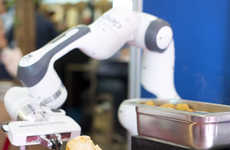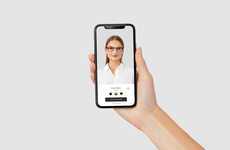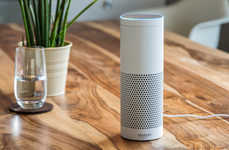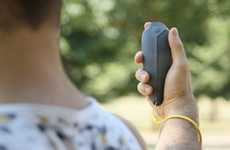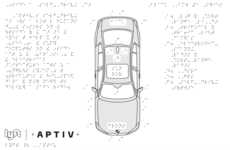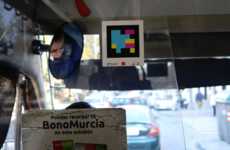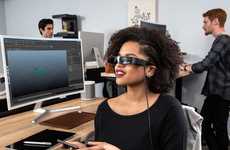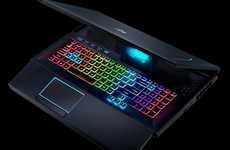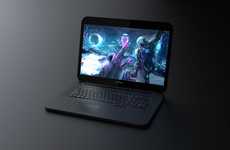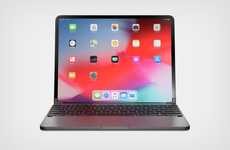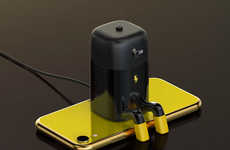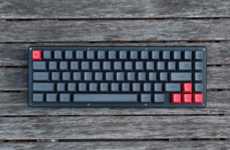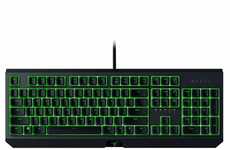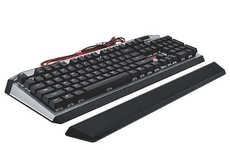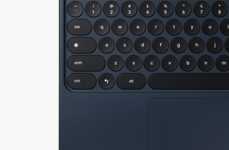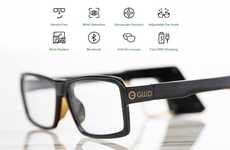

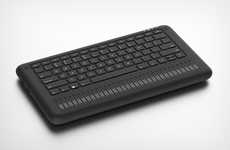

Tech companies are focusing on interfaces for people with disabilities
Trend - Many technology brands are addressing a gap in the industry with innovative designs that are developed to suit the needs of people with disabilities. This calls for computer companies to re-imagine their user interface to be more intuitive and accessible for this demographic.
Insight - As day-to-day activities and interactions become increasingly digitized, individuals expect the concept of usability to become more accessible and intuitive for everyone. Advancements in technology have enabled people with disabilities to feel more included in the digital revolution and this results in a demand for accessible user interfaces to become an industry-standard—especially when it comes to products that are used on a daily basis.
Insight - As day-to-day activities and interactions become increasingly digitized, individuals expect the concept of usability to become more accessible and intuitive for everyone. Advancements in technology have enabled people with disabilities to feel more included in the digital revolution and this results in a demand for accessible user interfaces to become an industry-standard—especially when it comes to products that are used on a daily basis.
Workshop Question - How might your brand make your product/service more accessible to people with disabilities?
Trend Themes
1. Accessible User Interfaces - Technology brands are addressing a gap in the industry with innovative designs that are developed to suit the needs of people with disabilities, leading to a demand for accessible user interfaces.
2. Assistive-centric Patents - Companies like Apple are winning patents that are concerned with updating phones, laptops, and tablets to be more inclusive for use and to focus on the needs of people with physical disabilities.
3. Blink Detection Technology - Smart solutions like the 'HiiDii' glasses with blink detection technology and gyroscopic sensors are enabling individuals with mobility or cognitive impairments to control their devices in a hands-free manner.
Industry Implications
1. Healthcare - The trend of accessible user interfaces has a potential impact on the healthcare industry, as more inclusive technology can improve medical care for individuals with disabilities.
2. Technology - Assistive-centric technology patents can benefit the technology industry in terms of market expansion and brand recognition by incorporating more accessibility solutions.
3. Wearables - Blink detection technology has disruptive innovation opportunities in the wearables industry with the potential to revolutionize the experience for individuals with mobility or cognitive impairments.
